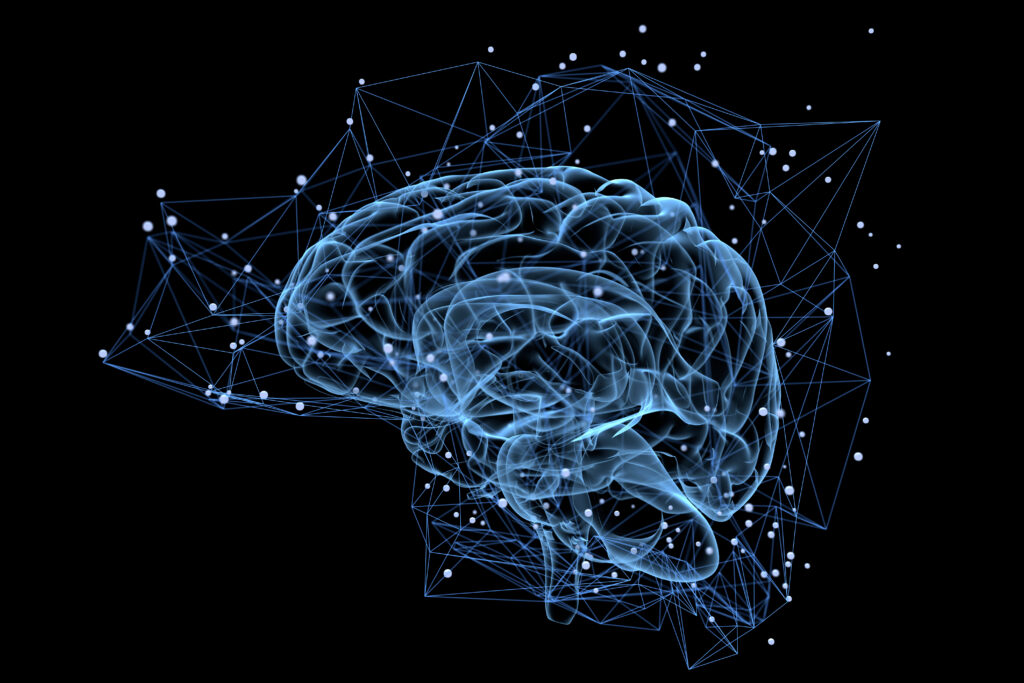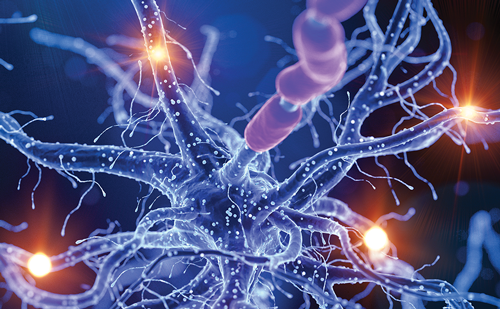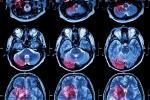Search Results
Showing Results for morphological

The prevalence of unruptured intracranial aneurysms (IAs) is approximately 3% of the population, with incidence on the rise due to the increased utilization of neuro-imaging for diverse objectives.1,2 The average risk of rupture for unruptured IA is estimated to vary from 0.3% ...

Highlights Limb–joint contractures may represent an important clinical clue of muscle dystrophies, as they limit the spectrum of the diagnosis assumptions. Limb–girdle muscular dystrophies phenotype can rarely be a clinical presentation of retractile myopathies, except for non-specific Achilles ...

Understanding MS Better in 2014Contribution of Epidemiological factorsMultiple sclerosis (MS) is considered to be an immune-mediated neuro-inflammatory and neurodegenerative disease of the central nervous system (CNS) with heterogeneous clinical presentation and course, neuroimaging and pathological findings. Several genetic and environmental ...

Hunter syndrome (mucopolysaccharidosis II, OMIM 309900), is a rare progressive X-linked lysosomal storage disease caused by deleterious mutations in the iduronate-2-sulfatase (I2S) gene, leading to a deficiency of the enzyme.1,2 I2S is required for the catabolism of the ...

First described by Willis in 1672 and described in more detail by Ekbom in 1945, restless legs syndrome (RLS) or Willis–Ekbom disease (WED) is defined as a sensorimotor disorder in which the initial sensory symptom consists of an irresistible urge to ...

Magnetic resonance imaging (MRI) is the most commonly used noninvasive imaging modality for epilepsy diagnosis, etiologic classification, and management. MRI is mandatory for all patients with new onset epilepsy, particularly for those who do not respond to medication. The primary ...

Stroke is the leading cause of adult disability and the second leading cause of death in developed countries.1 Despite progress in stroke treatment, 20–30 % of strokes result in death within one month and 70–80 % result in significant long-term disability.2–4 Improved preventative and ...

Gliomas are primitive cerebral tumours representing a heterogeneous group of intra-axial central nervous system neoplasms of glial origin with different histology, behaviour, molecular characteristics, natural history and thus prognosis.1–4 Four distinct tumour grades have been identified according to the degree ...

Alzheimer’s disease (AD) is the most common form of dementia, and worldwide affects 20–30 million individuals over 60 years of age. In 1907 Alois Alzheimer first described AD following an autopsy on the brain of a 55-year-old women who had died following ...

The accurate diagnosis of epilepsy is difficult. Studies in tertiary epilepsy centers have shown that 30% of adult patients referred for intractable ‘epilepsy’ have non-epileptic events, chiefly psychogenic non-epileptic spells (PNES).1 Likewise, in pediatric epilepsy centers, 15–39% have non-epileptic paroxysmal events.2,3 The ...

Chronic inflammatory demyelinating polyradiculoneuropathy (CIDP) is a relatively rare immune-mediated polyneuropathy with an overall prevalence of one to three per 100,000 adults.1–3 The clinical diagnosis of CIDP is based on clinical, electrophysiological and cerebrospinal fluid features. A typical CIDP patient has ...

Huntington’s disease (HD) is a monogenetic disorder with a spectrum of clinical features. Besides the characteristic involuntary motor disturbances, such as chorea, individuals affected by the disease suffer from psychiatric symptoms and cognitive decline.1–3 Despite this, focus on the ...

Knowledge on the genetic background of a number of neurological disorders has tremendously increased in the last years. The European Federation of Neurological Societies (EFNS) published guidelines for genetic testing in clinical practice in 2001 in two successive papers.1,2 A new ...

Lysosomal diseases are rare metabolic disorders that result from inherited defects in the endosomal/lysosomal system and often lead to severe clinical disease and premature death. The endosomal/ lysosomal system is a vital recycling center that plays a critical role ...

Alzheimer’s disease (AD), described for the first time in 1906 by Alois Alzheimer, is a neurodegenerative disease and the most frequent cause of dementia worldwide. The major neuropathological hallmarks of the disease are loss of neurons and synapses, and senile ...

Alzheimer’s disease (AD), described for the first time in 1906 by Alois Alzheimer, is a neurodegenerative disease and the most frequent cause of dementia worldwide. The major neuropathological hallmarks of the disease are loss of neurons and synapses, and senile ...

Alzheimer’s disease (AD) is the most common form of dementia, and worldwide affects 20–30 million individuals over 60 years of age. In 1907 Alois Alzheimer first described AD following an autopsy on the brain of a 55-year-old women who had died following ...

Recently, there has been great interest in combining positron emission tomography (PET) and magnetic resonance imaging (MRI), and a number of integrated scanners capable of simultaneous acquisition have been developed and successfully tested in small animal1,2 and human3 imaging. These ...
Latest articles videos and clinical updates - straight to your inbox
Log into your Touch Account
Earn and track your CME credits on the go, save articles for later, and follow the latest congress coverage.
Register now for FREE Access
Register for free to hear about the latest expert-led education, peer-reviewed articles, conference highlights, and innovative CME activities.
Sign up with an Email
Or use a Social Account.
This Functionality is for
Members Only
Explore the latest in medical education and stay current in your field. Create a free account to track your learning.

